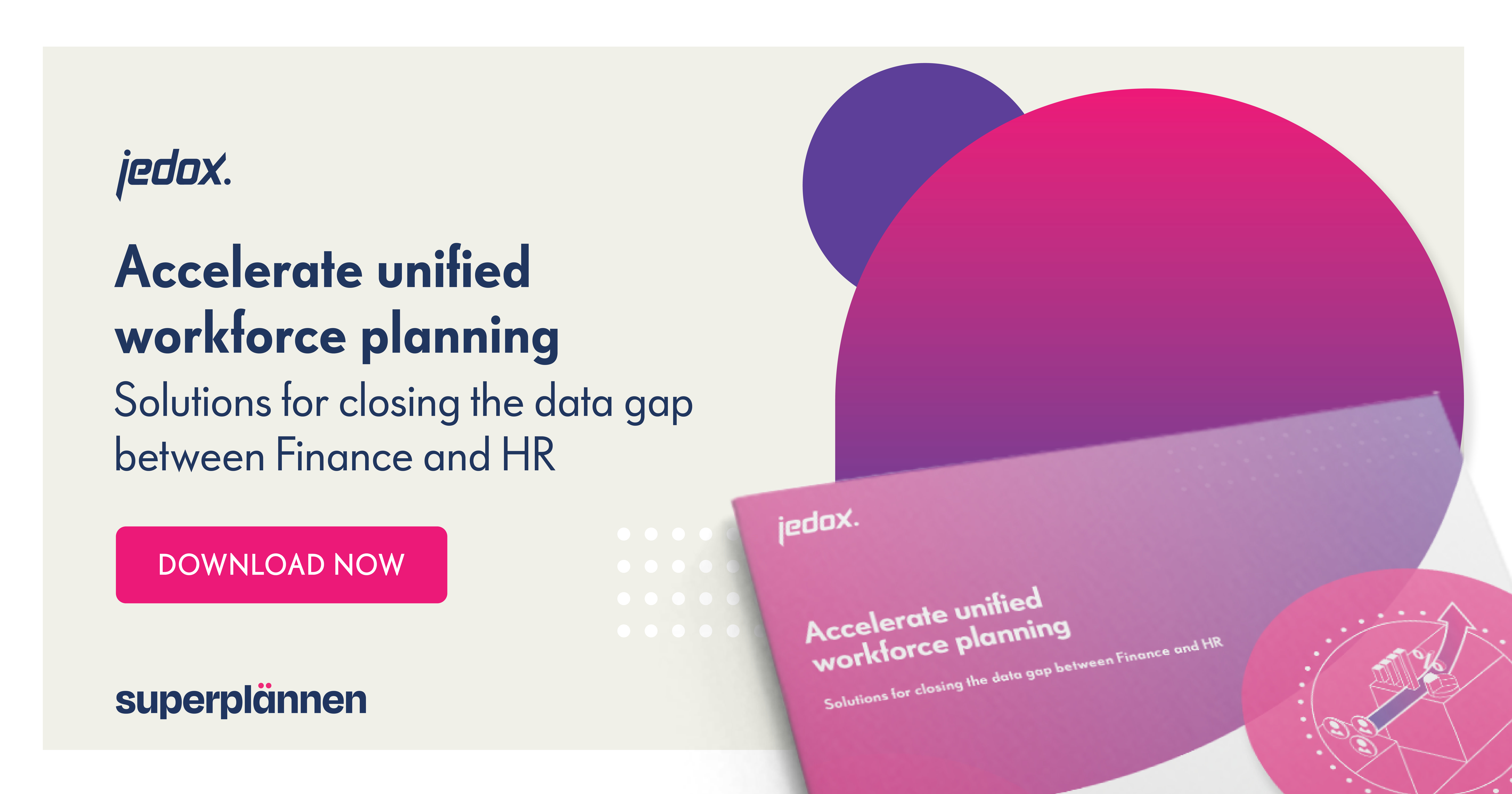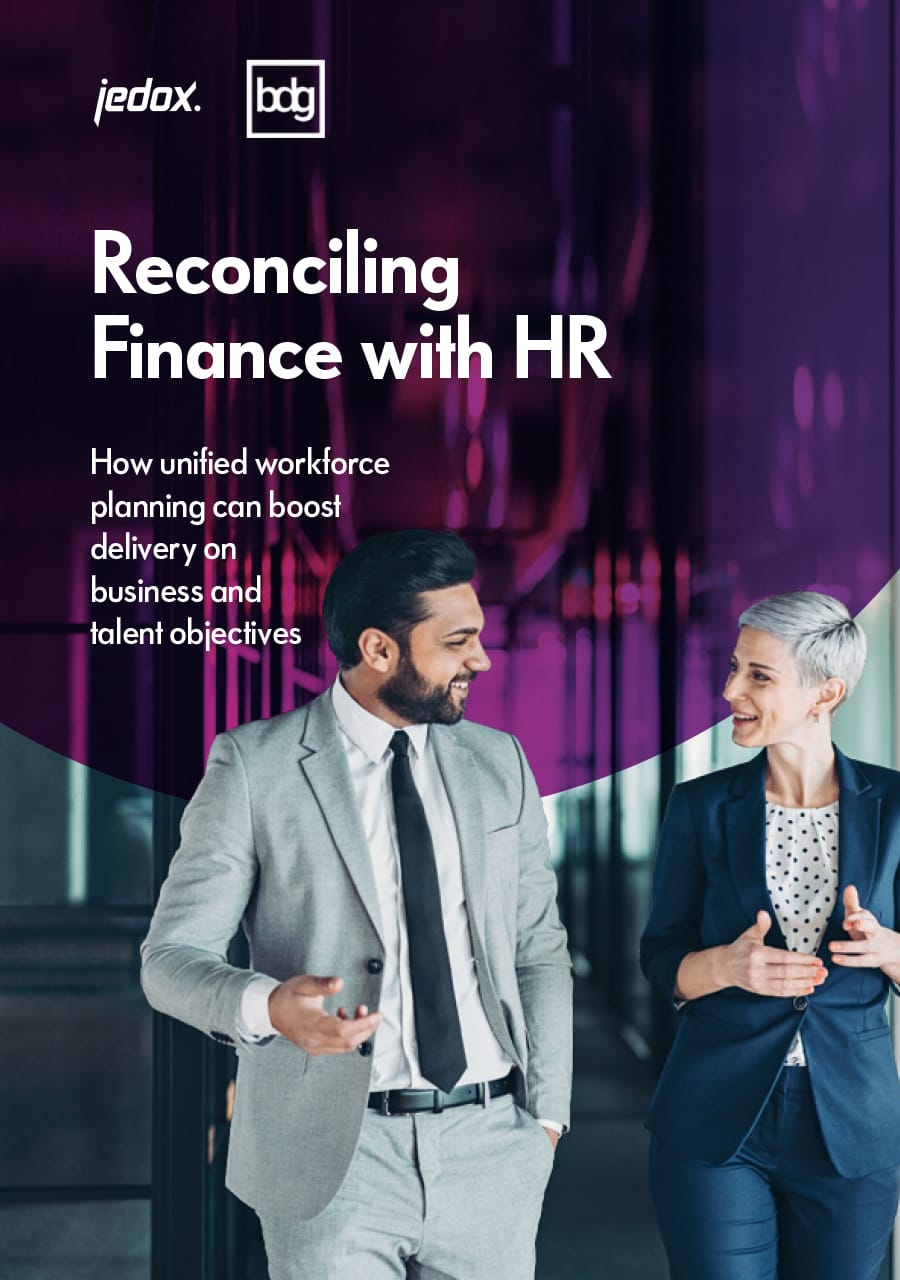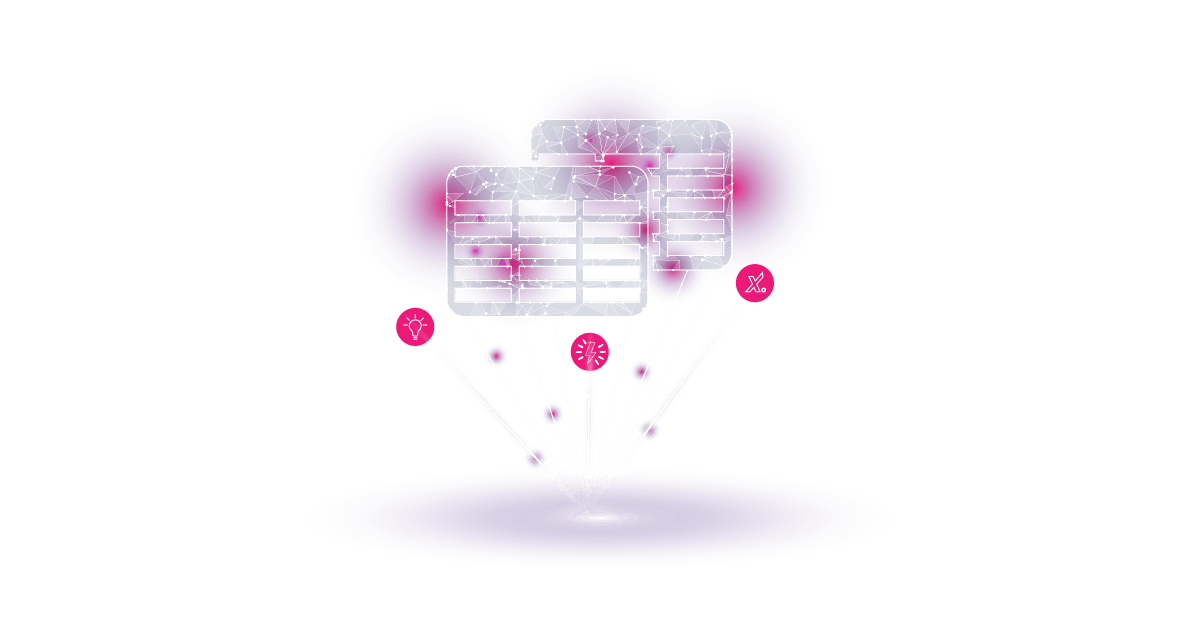
Fuel growth with a collaborative workforce planning process
Strategic workforce planning requires collaboration between finance and human resources (HR), as well as alignment with the organization’s overarching business objectives. To accomplish this, teams need an efficient process and tools that enable them to assess current skill sets, predict future requirements, and implement strategies to acquire, develop, and retain high-performing talent.
The workforce planning process is typically complex and siloed because the two teams “speak different languages” and operate separately, leading to communication breakdowns, inconsistent reporting, and delayed decision-making. At the same time, organizations must contend with evolving variables such as economic volatility, a ruthlessly competitive talent market, and an increasingly remote workforce. Given the dynamic external and internal factors that influence workforce planning, finance and HR teams must endeavor to unify their KPIs and expertise to make strategic hiring decisions and, ultimately, drive growth.
Workforce planning challenges to consider
Talent is difficult to attract and retain in a highly competitive market. When faced with growth imperatives, organizations must plan for evolving variables to strengthen their talent pipeline. One such challenge is economic uncertainty, currently characterized by inflation and varying degrees of a recessionary environment, which compels organizations to make quick decisions about resourcing and reallocating capital. Another challenge is a reimagined workplace, as organizations move to hybrid or remote working environments that enable them to hire talent from all over the world.1
In terms of execution, finance teams often struggle with limited visibility into cross-organizational data, making it difficult to accurately assess staffing needs and make informed decisions. Additionally, reconciling financial data with HR data can be a time-consuming and error-prone process, leading to delays and inaccuracies. Overcoming these challenges is essential for finance teams to successfully navigate workforce planning and contribute positively to their organization’s strategic goals. Doing so requires a combination of strategic thinking, advanced planning solutions, and cross-organizational collaboration.2
Finance teams commonly face these five workforce planning challenges:
Aligning finance and HR objectives
Finance teams must collaborate with HR teams to align their respective KPIs in a way that supports strategic workforce planning. This involves identifying the connection between workforce expenses, such as upskilling, and their impact on HR outcomes, such as employee retention.
Integrating data from multiple sources
Collecting and harmonizing data from disparate systems across finance, HR, sales, and other departments is extraordinarily time consuming and prone to error. This poses a significant challenge because access to reliable data is critical for reacting quickly to changes and making confident decisions.
Efficient forecasting and scenario planning
Creating multiple scenarios and modeling potential outcomes is a time-consuming, continuous process, as teams must make adjustments based on changing market dynamics and internal developments. Forecasting future workforce needs and predicting changes in talent availability also require access to real-time data.
Cross-organizational collaboration
Finance teams not only need to build strong communication channels with HR, but also align with executive management and department heads across the organization. Getting all stakeholders on the same page is key to making positive workforce decisions.
Data privacy and compliance
Organizations must mitigate the risk of data breaches and unauthorized access to personal details such as salary information and health records. Balancing the need for data-driven insights with compliance obligations necessitates comprehensive data protection strategies, including appropriate access controls.
Steps for a strategic workforce planning process
Implementing a structured workforce planning process will help finance and HR teams overcome these challenges and work together to drive growth. This collaborative, methodical approach helps teams identify talent gaps, forecast future workforce needs, and build recruitment and retention strategies. Establishing a process also enables teams to repeat and refine their planning efforts iteratively for continuous improvement.
Take these steps to build an effective workforce planning process1:
- Define company goals and targets that balance growth versus cash drain, increasing cash efficiency, and calculating future return on investments (ROI)
- Derive departmental goals and measures to achieve company goals
- Compare needed resources with current resources on the department level to determine the skill sets required for hiring across both headcount and full-time equivalent (FTE) categories
- Translate resource requirements into financial cost of resources
- Calculate profitability and cash drain
- Refine and repeat
Solutions for collaborative workforce planning
Strengthening the partnership and feedback loop between Finance and HR starts with technology. According to Deloitte’s 2023 Global Human Capital Trends survey, 90% of business leaders believe using artificial intelligence (AI) technology to improve work outcomes is very important or important to their organization’s success.3 Planning solutions, such as Jedox, have the power to decrease the time and resources spent on workforce budgeting, integrate disparate systems to create a single source of truth for all stakeholders, and protect employees and the organization from privacy violations by controlling access to sensitive data.
Jedox simplifies workforce planning for even the most complex organizations by unifying Finance KPIs, such as employee life-cycle costs, with HR KPIs, such as employee retention. The platform streamlines collaboration and drives confident decision-making with:
- Easy integration: integrate data from any source, including salary, benefits, headcount data, revenue goals, and budgets, to reduce planning time from days to hours
- A single source of truth: harmonize the financial KPIs integral to workforce planning in one platform for shared visibility and alignment with corporate objectives
- Access control: protect highly sensitive personnel data inherent to Finance and HR processes with role-based access control
- Practical AI: identify the external and internal drivers that have the greatest impact on the business with predictive forecasting
Tools for getting started
Jedox Best Practice Accelerators, based on expertise developed over thousands of deployments, are designed to help Jedox users get started and accelerate time to value. The Jedox Best Practice Accelerator for HR and Workforce Planning guides users to choose from a selection of KPIs, integrate relevant data from virtually any source, and create dashboards that provide clear insights. This Accelerator activates strategic workforce planning so teams can:
- Plan KPIs such as FTE, headcount, salary, insurance, and benefits
- Make plan adjustments by individual, team, business unit, cost center, or role
- Submit and request approval for changes (with appropriate access)
- Gain insight from the HR dashboard on expenses per cost center, month, and FTE, as well as workforce development
- View KPIs such as profit, revenue, margin, and expenses for each department
- Automatically populate the HR cost center and reflect costs directly into P&L statements and balance sheets
Jedox also partners with experts to design complementary prebuilt models based on specific solution areas. One such visionary is bdg (better decisions group), an international business intelligence consultancy based in Germany with deep experience in supporting both finance and HR. Their bdg ONE | People solution is a holistic, GDPR-compliant solution for HR planning and analytics.
Conclusion
Closing the data gap between finance and HR empowers organizations to make strategic workforce planning decisions in a fiercely competitive talent market. This unified approach puts teams in a stronger position to harmonize their business and talent objectives, and build high-performing teams. By leveraging planning solutions that enable data integration, cross-organizational collaboration, and risk management, teams can collaborate more effectively and create the workforce planning process they need to fuel growth.
Sources
1 Jedox, Reconciling Finance with HR: How unified workforce planning can boost delivery on growth and talent objectives, 2023
2 ChatGPT, Conversation about overcoming workforce planning challenges, May 2023
3 Deloitte, Global Human Capital Trends, 2023





